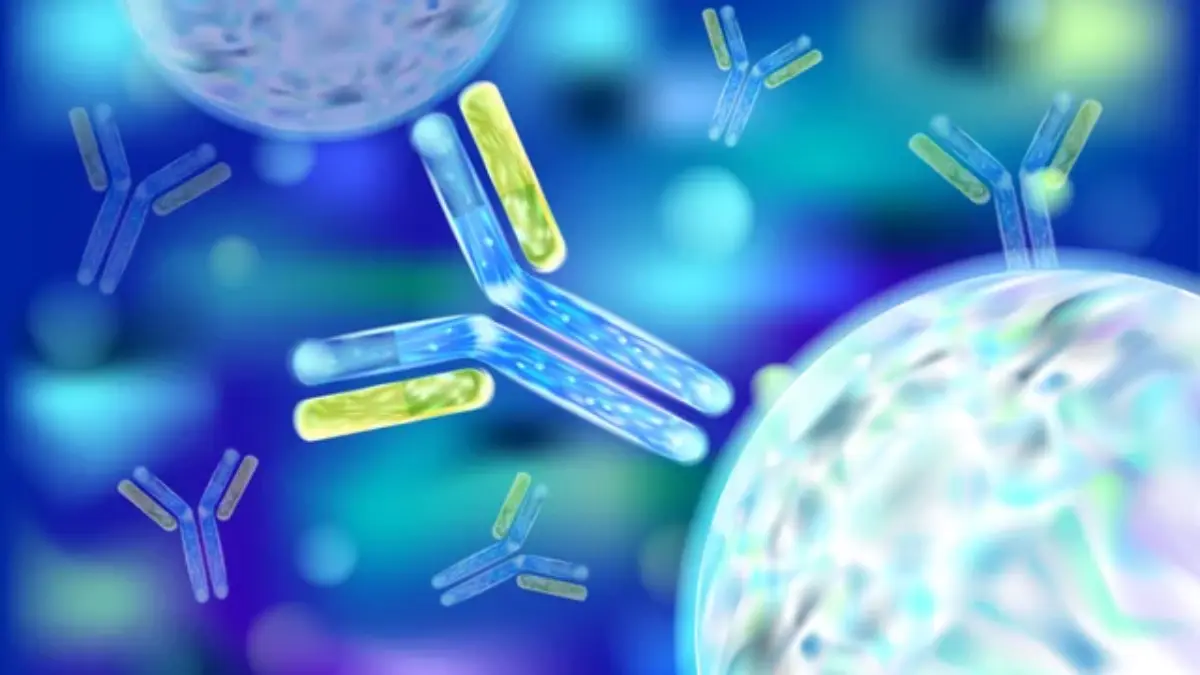
Higher attrition rates are a significant concern for oncological drug development. Data suggest that only 5% of anti-cancer agents in preclinical development reach and clear the phase III clinical trials. Such challenges have resulted in an unsustainable drug development model for oncological drug products.
Compared to other therapeutic areas, oncological drug products have a narrow therapeutic index, high inter-individual variability, and complex pharmacology. Besides, one-size-fits-all PK/PD assays don’t fit for oncological drug development. Hence, the current article discusses PK/PD assays in oncology through optimizing drug doses for maximum efficacy.
PK/PD assays in oncology
PK/PD model integrates data that allows a series of biomarker-based questions that, when addressed, can decrease the likelihood of drug failure.
Pharmacokinetics is the study of drug concentrations through an organism. It evaluates drug movement by studying the absorption, distribution, metabolism, and excretion profile of a drug product. On the other hand, pharmacodynamics is the relationship between drug concentration and its effect on the body. Pharmacodynamic assessments employ predictive and mechanism of action biomarkers to assess the effect a drug has on the body.
PK/PD assays or PK/PD modeling focuses on exploratory analysis based on mathematical models for PK and PD data. These assays elucidate the association between drug exposure and response and the changes in this association as a function of drug impact.
PK/PD modeling is used through different stages of drug development. As mathematical models are data-driven, PK/PD assays are more valuable as more data becomes available. Hence, data accumulated from early preclinical to later stages of development are crucial for generating robust PK/PD assays. As new data becomes available, the model can be iterated for the next step of drug development. At the end of this process, a well-defined PK/PD model will consist of different sub-models that can predict study outcomes through data.
During the preclinical development stage, the primary goal is to identify ideal drug compounds and screen them for safety and efficacy. The most promising compound with an acceptable safety and efficacy profile then passes to the next stage of development. PK/PD modeling helps scientists predict safety and efficacy properties between different study species and prove potentially cost and time-saving to determine and identify ideal drug compounds.
During clinical drug development, PK/PD modeling has numerous applications, including establishing a relationship between drug exposure and response, biomarker and response, and exposure and biomarker. Hence, PK/PD modeling is critical for go/no-go decisions. Besides, they help reduce the number of phase 2 clinical trials necessary to obtain adequate data for transitioning to the final phases of clinical studies.
PK/PD models are vital for predicting drug-drug interactions. This characteristic is of utmost importance in the field of oncology. Many oncological agents have narrow therapeutic indexes and are metabolized by cytochrome p450. Hence, drug-drug interactions are an issue for oncological drugs. PK/PD modeling can help decipher these drug-drug interactions and allow sponsors to inform health authorities. With this approach, drug developers can avoid unnecessary drug-drug interaction studies while developing oncological drug products.
In conclusion
PK/PD assays are vital for optimizing oncological drug dosing while maximizing safety and efficacy.



